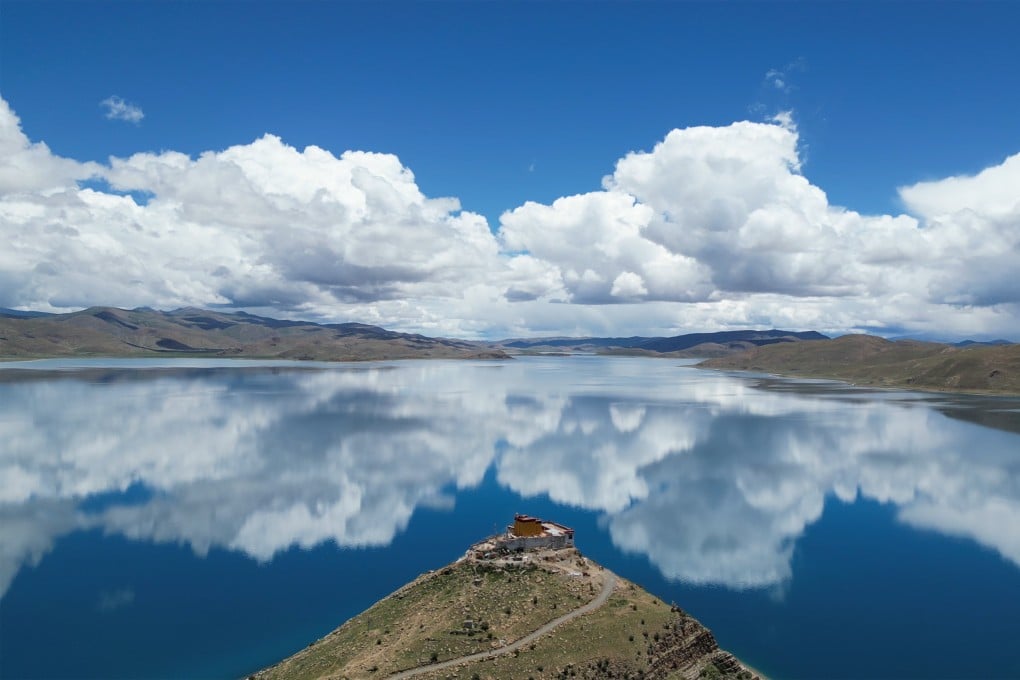Small areas of Tibetan Plateau may have outsize impact on East Asia’s spring rains
Up to a quarter of the heaviest rainfall may be the result of gravity waves created in small pockets of mountainous terrain

The Tibetan Plateau, often referred to as the “Water Tower of Asia”, is crucial to the hydrological cycle, feeding major Asian rivers such as the Yangtze, Yellow River, Indus, and Ganges.
Researchers have previously drawn a link between atmospheric conditions above the plateau and persistent springtime rainfall in East Asia, which occurs between March and May.
However, it is often hard to produce accurate forecasts and even advanced models systematically underestimate precipitation.
But a research team led by Professor Xu Xiangde, a member of the Chinese Academy of Engineering, has concluded that current climate models overlook the impact of small-scale mountain ranges covering an area ranging from a few to tens of kilometres.
These mountains are like wrinkles on the plateau but they play an important role in interacting with near-ground airflow and generating the gravity wave that is produced when airflow passes over mountainous terrain and creates ripples that trigger a chain reaction.